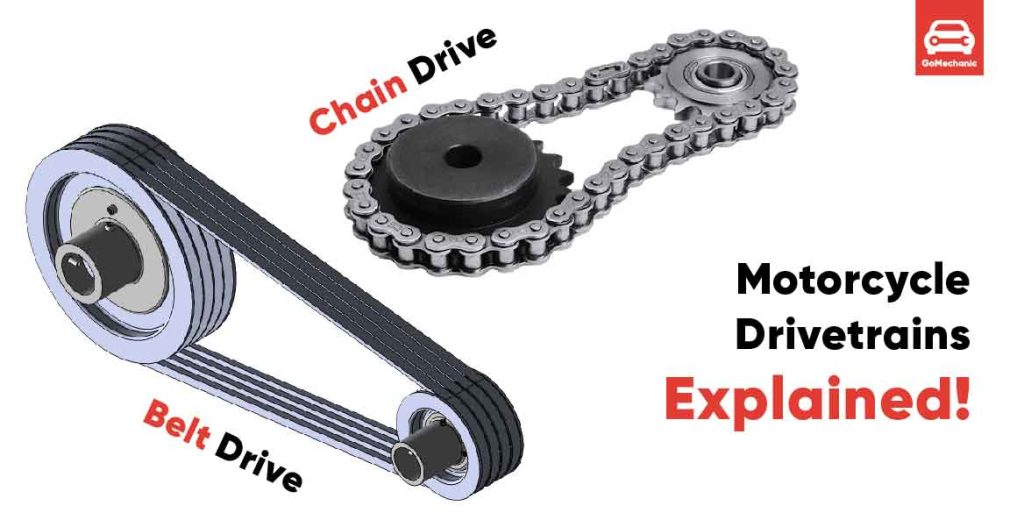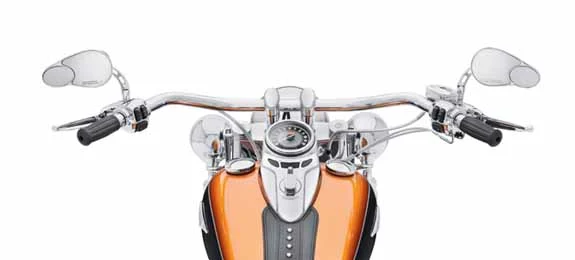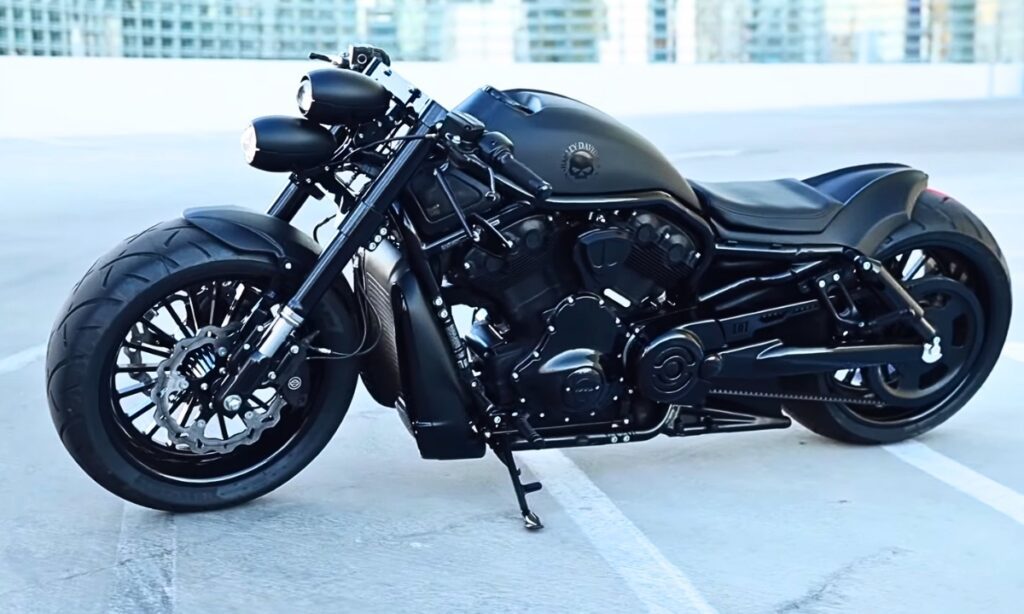When it comes to Harley Davidson motorcycles, the final drive system plays a critical role in performance, maintenance, and riding experience. Most Harleys use a belt drive, but some older or custom models use a chain drive. Choosing the right system and understanding its characteristics can affect your bike’s longevity and ride quality.
This Harley Davidson Chain vs Belt Drive Chart provides a clear comparison by model, year, and key performance factors, helping you make informed decisions.
Why You Need a Chain vs Belt Drive Chart
- ✅ Maintenance Insight – Know how often to check or replace your belt or chain.
- ✅ Performance Comparison – Different systems affect power delivery and smoothness.
- ✅ Compatibility – Certain Harley models only support belt drives; others support chain.
- ✅ Upgrade Guidance – Helps you decide whether a swap or upgrade is feasible.
Harley Davidson Chain vs Belt Drive Chart

| Harley Model | Year Range | Drive Type | Belt/Chain Width | Maintenance Interval | Notes |
|---|---|---|---|---|---|
| Sportster 883/1200 | 1986–2003 | Chain | 520 Series | 500–1000 miles | Early Sportsters used chain; requires lubrication |
| Sportster 883/1200 | 2004–Present | Belt | 1″ (25mm) | 12,000–15,000 mi | Modern Sportsters use belt drives |
| Softail Models | 1984–Present | Belt | 1–1/2″ / 20–24mm | 12,000–15,000 mi | All Softails come stock with belts |
| Dyna Models | 1991–2017 | Belt | 1–1/8″ / 20mm | 12,000–15,000 mi | Smooth, low-maintenance belts |
| Touring Models | 1980–Present | Belt | 1–1/2″ / 24mm | 12,000–15,000 mi | High torque touring models |
| V-Rod | 2002–2017 | Belt | 1–3/8″ / 35mm | 12,000–15,000 mi | Designed for power delivery |
| Street 500/750 | 2015–Present | Belt | 1″ / 25mm | 12,000 mi | Lightweight urban bikes |
| Pan America 1250 | 2021–Present | Belt | 1″ / 25mm | 12,000 mi | Adventure-focused Harley |
⚡ Pro Tip: Belts are quieter and lower-maintenance, while chains are stronger for custom high-performance builds but need regular lubrication.
Belt Drive vs Chain Drive – Key Differences
| Feature | Belt Drive | Chain Drive |
|---|---|---|
| Noise Level | Quiet | Louder |
| Maintenance | Low (occasional tension check) | High (lubrication + adjustment) |
| Longevity | Long-lasting (~12–15k mi) | Moderate (~5–10k mi) |
| Cost of Replacement | Higher upfront | Lower upfront |
| Power Transfer | Smooth, consistent | Slightly more aggressive |
| Weather Resistance | Excellent, less rust-prone | Susceptible to corrosion |
Things You Should Know About Harley Belt Drives
- Tension Matters: Too tight or too loose can damage pulleys.
- Check for Cracks: Belts wear over time; inspect every 5,000–7,000 miles.
- Upgrade Compatibility: Not all Harley models can switch from chain to belt.
- Cost vs Convenience: Belts cost more but reduce maintenance time.
How to Maintain Your Harley Drive System
Belt Drive:
- Inspect tension and alignment regularly.
- Check for cracks or fraying.
- Clean lightly; avoid harsh solvents.
Chain Drive:
- Lubricate every 300–500 miles.
- Adjust tension per manufacturer specs.
- Inspect sprockets and replace if worn.
FAQs About Harley Chain and Belt Drives
Q1. Which Harley models use chain drives?
Mostly older Sportster models (1980s–early 2000s). Modern Harleys use belt drives.
Q2. Can I replace a chain with a belt?
Not easily; frame and pulley alignment must match belt specifications.
Q3. How often should I check a Harley belt?
Every 5,000–7,000 miles for cracks, tension, and wear.
Q4. Are belts quieter than chains?
Yes, belts are significantly quieter and smoother in operation.
Q5. Can a belt snap while riding?
It’s rare if properly maintained, but inspect regularly to prevent failure.
Final Thoughts
The Harley Davidson Chain vs Belt Drive Chart helps you understand which system your bike uses, its maintenance needs, and performance differences.
Whether you ride a Sportster, Softail, Touring, Dyna, V-Rod, Street, or Pan America, knowing the drive type ensures safe, smooth, and reliable rides every time.
Tonmoy is a recognized author and editor known for his deep passion and expertise in the world of motorcycles. His work goes beyond the mechanics and aesthetics, capturing the vibrant culture of motorcycle clubs and the strong sense of brotherhood shared by riders. Tonmoy’s special enthusiasm for motorcycle clubs adds depth to his writing, making his contributions to the motorcycle community both insightful and impactful

